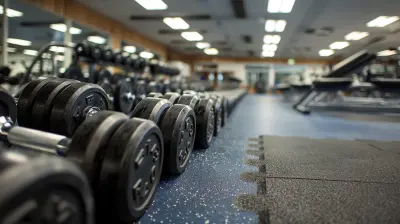How Fighters Use Visualization to Prepare for Victory
28 July 2025
When we watch elite fighters step into the ring or octagon, we often focus on their brutal training sessions, strict diets, or powerful punches. But what if I told you that one of the most critical aspects of their preparation happens entirely in their heads?
That’s right — visualization has become a powerful mental tool used by fighters across the world to sharpen their edge and mentally map their path to success. Whether it's envisioning a perfectly executed combo or mentally rehearsing how they'll respond under pressure, fighters are training their minds just as much as their bodies.
Let’s take a deep dive into how fighters use visualization to prepare for victory — and why it might be the secret weapon behind many championship belts.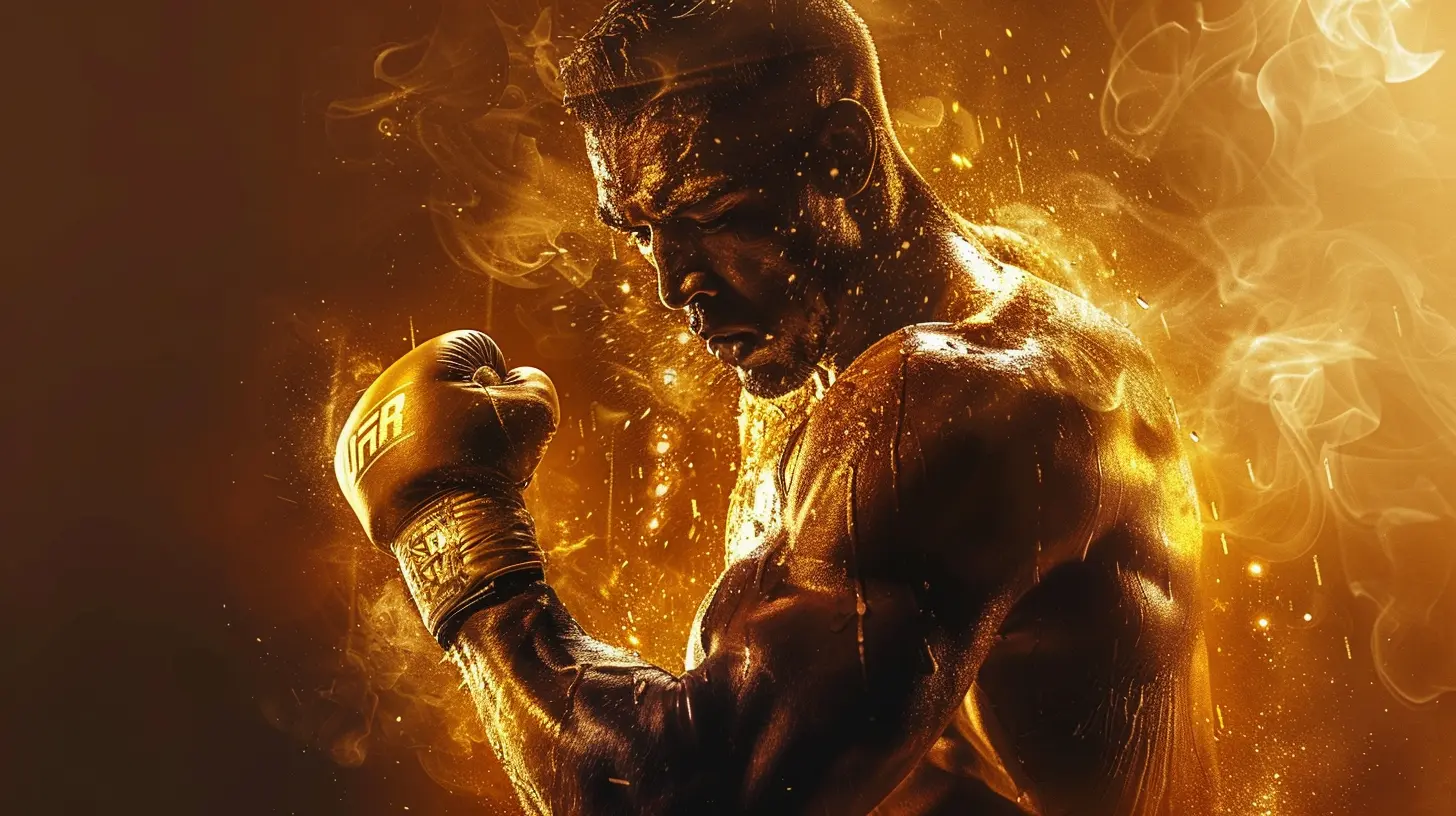
What Is Visualization in Combat Sports?
Before we get too ahead of ourselves, let’s break it down. Visualization, also known as mental imagery or mental rehearsal, is the process of creating or recreating experiences in your mind. It’s like playing a scene from a movie — only you’re the star, the director, and the screenwriter.In combat sports, visualization involves mentally rehearsing everything from walk-ins and warm-ups to specific moves, reactions, and even the overall feel of winning. The goal? Conditioning the brain and nervous system to respond as though the visualized scenario were real.
Think of it like a flight simulator for your brain. Just as pilots train in simulators before hitting the skies, fighters can "train" in their minds before stepping into the cage.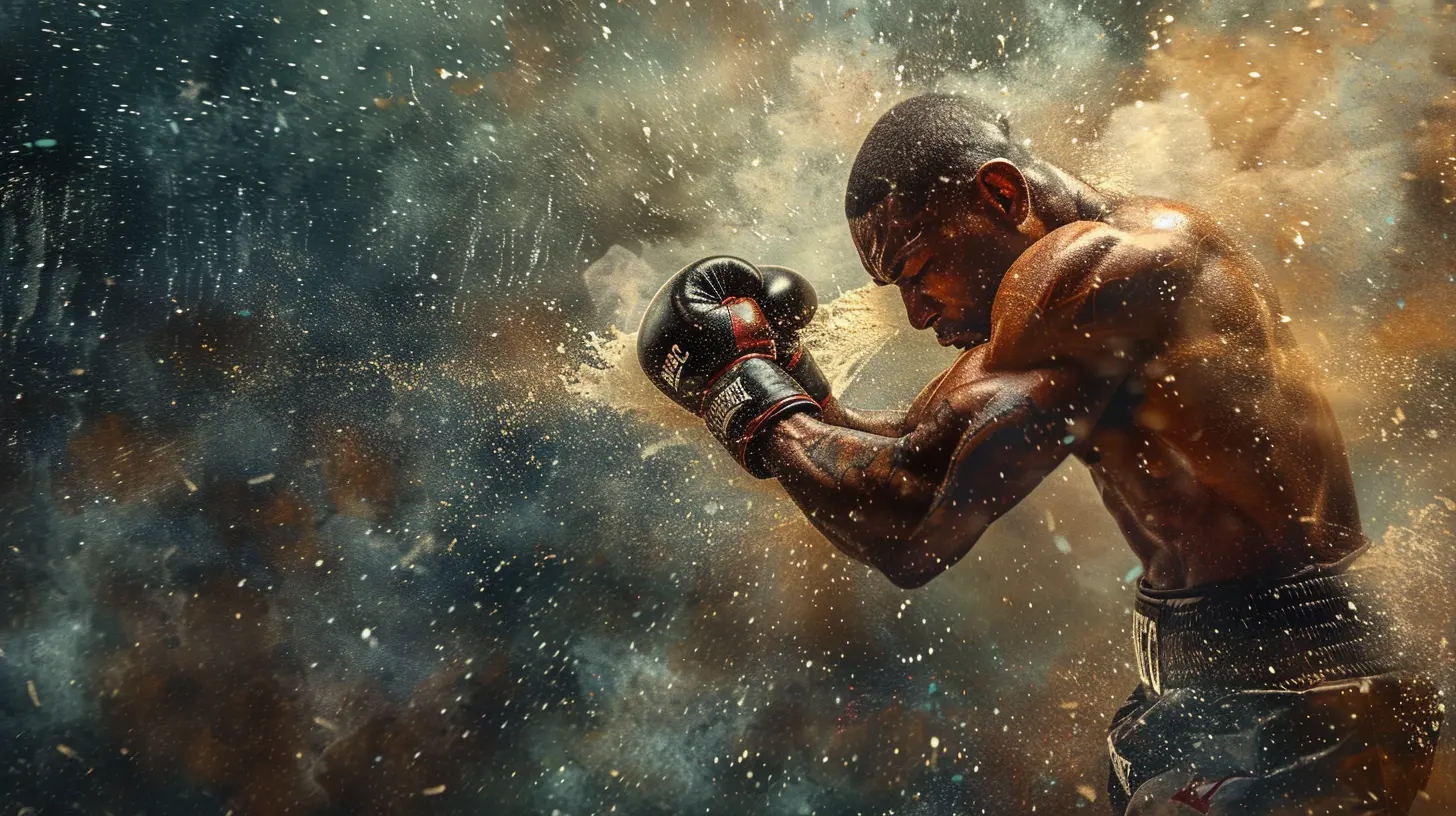
The Science Behind Visualization
You might be wondering — does visualization actually work, or is it just feel-good fluff?Good question.
Science says it works. Numerous studies in sports psychology have shown that visualization boosts performance, enhances motor skills, builds confidence, and reduces anxiety. When you vividly imagine a movement, your brain activates many of the same neural pathways that would fire during the actual physical execution.
In simple terms — your brain doesn’t really distinguish between a vividly imagined experience and a real one. That’s powerful. It means that mental reps can actually reinforce physical performance.
Just like training your jab at the gym, mental reps strengthen your mental muscle memory.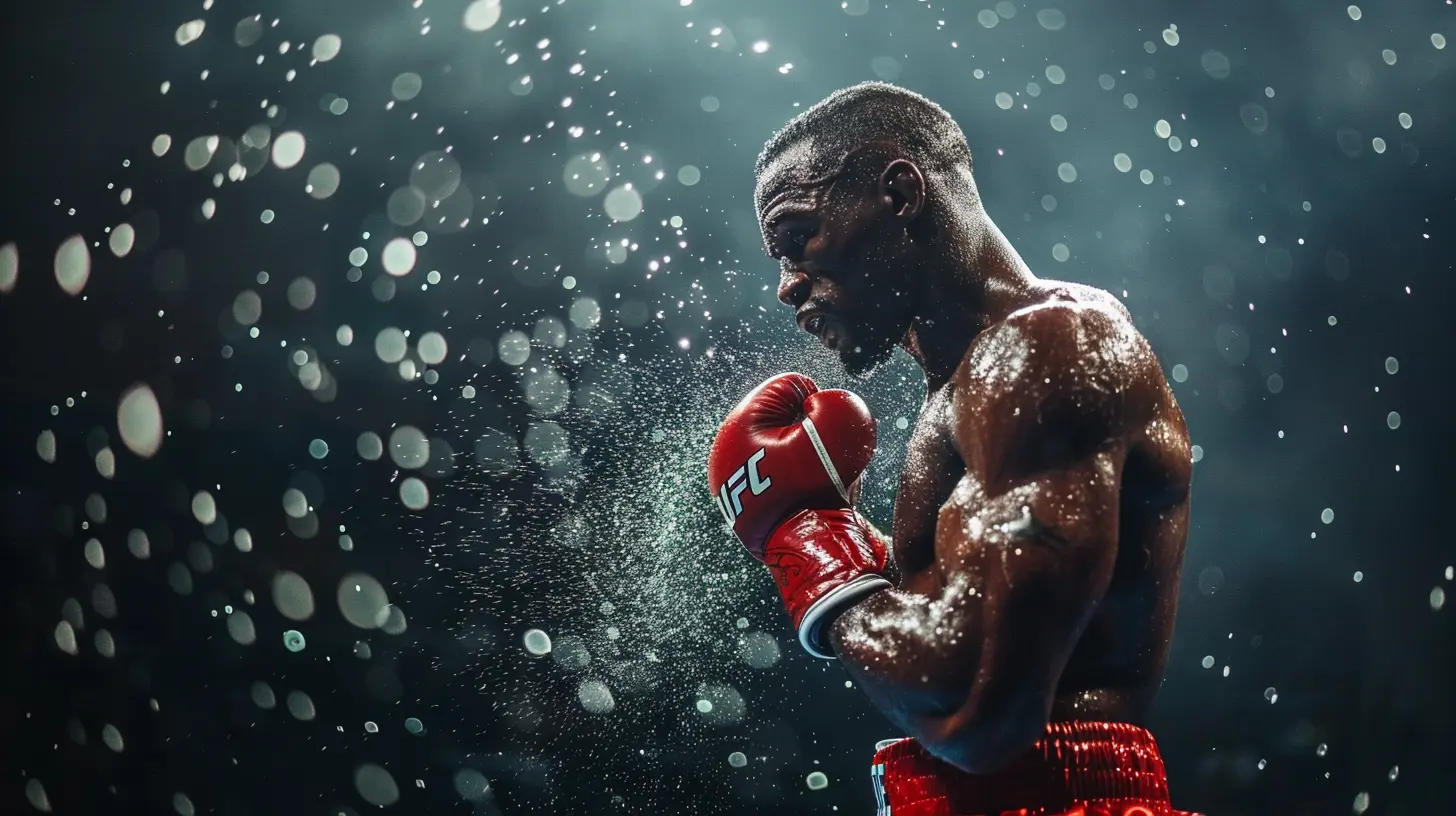
How Fighters Use Visualization Before a Fight
Every fighter has their own method. Some keep it simple. Others take it to an intense, cinematic level. Let’s check out how fighters work this mental magic.1. Rehearsing the Fight Round by Round
Many fighters mentally walk through each round as they want it to unfold. They imagine the crowd, the lights, the first bell ringing. They see themselves landing that leg kick, defending a takedown, countering a hook.By rehearsing scenarios over and over, they’re building mental blueprints. So when the real moment arrives, it’s not foreign. It’s familiar. Almost like déjà vu.
2. Training for the “What Ifs”
Fighting rarely goes 100% according to plan. Good visualization includes responding to adversity — getting caught with a shot, dealing with fatigue, managing a cut.Mentally prepping for these setbacks helps fighters stay calm under pressure. They’ve already “been there” before — in their minds — and they’ve handled it.
3. Visualizing the Walkout and Atmosphere
The walk to the ring or cage can be nerve-wracking. The lights, the noise, the eyes on you — it’s intense.Some fighters prep by visualizing the entire walkout. Feeling the mat beneath their feet, hearing the announcer call their name, stepping into the spotlight. That emotional dress rehearsal lowers anxiety and boosts confidence.
4. Seeing Themselves Winning
This one’s huge. Champions often talk about visualizing their hands raised long before it happens. They see the exact finish — the punch, the choke, the decision.They focus on the feeling of victory — the roar of the crowd, the adrenaline, the pride. This not only lights a fire inside them but trains their subconscious to believe in success.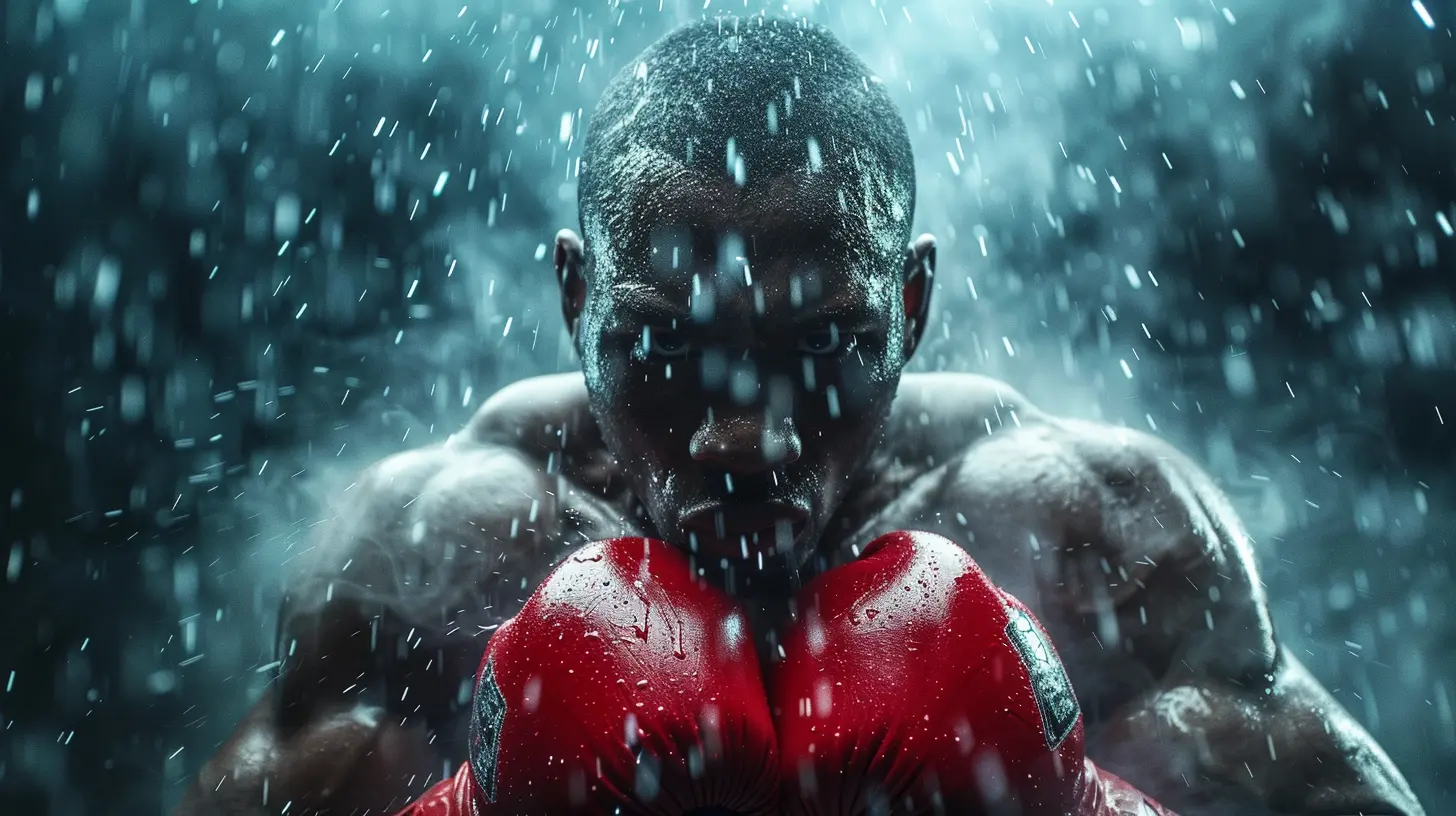
Real Fighters Who Swear by Visualization
This isn’t just self-help fluff. Some of the greatest in the game are vocal about using visualization to dominate mentally.Muhammad Ali
The GOAT didn’t just have skills — he had a psychologist’s mind. Ali constantly visualized victories and outcomes. “If my mind can conceive it and my heart can believe it,” he once said, “then I can achieve it.”He even visualized exactly how he’d knock opponents out — down to the round. And guess what? He often nailed it.
Conor McGregor
Love him or hate him, Conor McGregor is a master of the mental game. He’s known for calling his shots, and he credits visualization for much of his rise.“I was always thinking about it. I was always visualizing what it would be like, making it happen,” he said years before becoming champion. Watch old interviews — he literally described his wins before they happened.
Georges St-Pierre
The martial arts legend and former UFC champion used visualization to prep for every aspect of the fight — from the weigh-ins to the final decision.He once shared that after training physically, he’d go home, sit quietly, and visualize every scenario, including injury or unexpected chaos. No stone was left unturned.
Why Visualization Gives Fighters an Edge
You might be thinking — okay, cool, but what makes visualization such a game-changer in combat sports?Well, here’s the deal. Fighting isn’t just physical. It’s a mental chess match wrapped in controlled violence. Athletes perform best when calm, focused, and confident. Visualization fosters all of that — and more.
Enhances Confidence
If you’ve already seen yourself succeed a hundred times in your mind, you walk into the fight believing it’s inevitable. That belief shows in how you carry yourself, how you fight, and how you react under pressure.Reduces Pre-Fight Anxiety
Stage fright, nerves, negative self-talk — it’s all real. Visualization helps fighters mentally rehearse the experience, making it less overwhelming when the real moment comes.Improves Decision-Making
By running scenarios over and over, the brain becomes quicker at recognizing patterns and reacting. This can be the difference between slipping a punch or walking into it.Trains the Mind-Muscle Connection
Visualization is mental, but it translates into physical performance. Fighters who “see” themselves performing with precision are reinforcing those same movements neurologically.How You Can Use Visualization (Even If You’re Not a Fighter)
Alright, you might be thinking — this is cool and all, but I’m not stepping into the cage any time soon. No worries. Visualization isn’t just for pro fighters. It’s something anyone can use — in sports, business, or life in general.Here’s how to get started:
Step 1: Find a Quiet Space
Distraction is the enemy here. Sit in a calm environment where you can focus and be alone with your thoughts.Step 2: Close Your Eyes and Breathe
Get centered. Take a few deep breaths. Let your mind settle. This should feel meditative, not forced.Step 3: Picture The Event in Detail
Now imagine the scenario you’re trying to prep for. The more specific, the better. What are the sights? The sounds? The smells? How do you feel?If you’re a fighter, visualize your combos, entrances, reactions, and even the victory celebration.
Step 4: Repeat Often
Like any skill, repetition is key. The more you visualize, the more automatic those neural responses become.Combining Visualization With Physical Training
Let’s be clear — visualization isn’t a magic pill that replaces physical work. You can’t just sit on your couch picturing knockouts and expect to dominate in the gym.But when combined with real, gritty training, visualization becomes a force multiplier. Imagine it as sharpening the mental blade while your physical tools get stronger.
Many top coaches encourage athletes to end training sessions with a few minutes of visualization. After sparring? Visualize executing what you learned. After a tough day? Visualize bouncing back.
You’re not only training your body — you’re training your mind to believe, perform, and succeed.
Final Thoughts: The Mind is the Fighter’s Secret Weapon
Fighting is about so much more than muscles and technique. It’s a mental war zone. And those who master the battlefield of the mind usually come out on top.Visualization helps fighters own the moment before the moment arrives. It builds confidence, reduces nerves, and primes the mind for performance.
So the next time you watch a combat sports event, remember — the fighter likely already saw this moment in their mind. They were here before. Mentally. Over and over again.
And if you’re chasing any goal in life? Maybe it’s time you did the same.
all images in this post were generated using AI tools
Category:
MmaAuthor:

Preston Wilkins
Discussion
rate this article
1 comments
Ella Campbell
Great insights! Visualization is such a powerful tool for athletes. It’s amazing how the mind can shape performance. Thanks for shedding light on this important aspect of training!
August 16, 2025 at 5:02 AM

Preston Wilkins
Thank you! I'm glad you found the insights valuable. Visualization truly is a game-changer for athletes!
